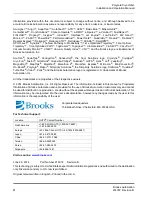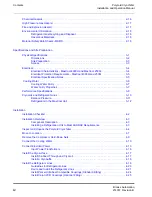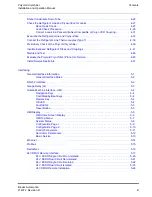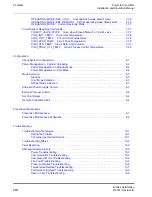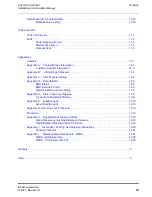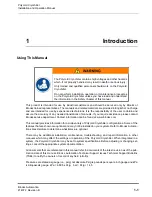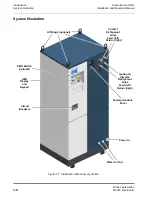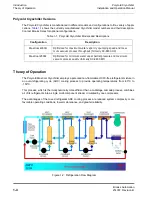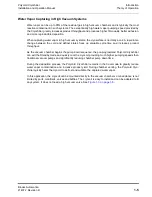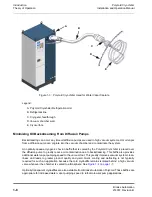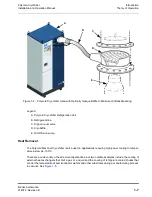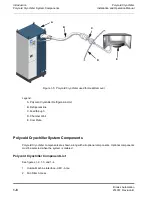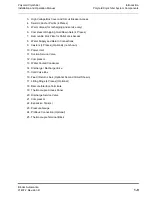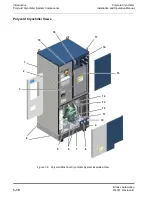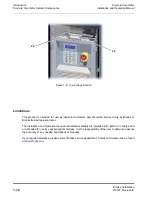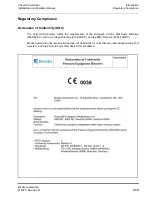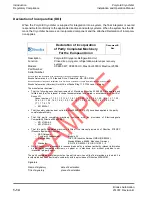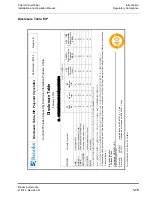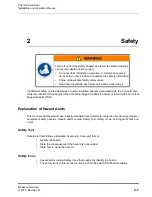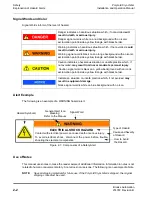
Polycold Cryochiller
Introduction
Installation and Operation Manual
System Summary
Brooks Automation
214072 Revision B
1-3
System Summary
Definitions:
Refrigeration Unit: The device that compresses, cools, and pumps the refrigerant through the refrig-
erant line and cryosurface.
Refrigerant Line: Typically an insulated bundle that contains feed and return hoses that transfer refrig-
erant between the Polycold Cryochiller refrigeration unit and the cryosurface.
Cryosurface: The cold element that is installed in the customer's vacuum chamber. Cryosurfaces are
usually shaped as a coil to capture water vapor or as a baffle to capture backstreaming oil.
About the Polycold MaxCool Cryochiller
The MaxCool Cryochiller is a closed loop cryogenic refrigeration system with many applications. It is
frequently used to capture water vapor and other condensable substances by freezing them onto a cold
surface such as a cryocoil (Meissner trap) or chevron baffle. This Cryochiller is also used to cool and
heat objects such as electrostatic chucks used in semiconductor wafer processing.
The Polycold MaxCool Cryochiller consists of a refrigeration unit, refrigerant line set, and a cryosurface
with cryogenic feedthrough. The refrigeration unit can pump cold or hot refrigerant in a continuous loop
through the refrigerant lines and cryosurface. The innovative cryogenic refrigeration process in the
Polycold Cryochiller uses patented refrigerant mixtures and patented control processes developed by
Brooks Automation Polycold Systems.
Some configurations include advanced controls that reduce power consumption. Models are available
that control two independent circuits, providing greater design flexibility for vacuum systems such as
two cryocoils or one cryocoil and one cryobaffle. All models include both local and remote operation.
Optional features can be selected to add advanced performance and remote communications features
that enhance productivity and add convenience. Some of these optional features include:
•
Additional sound attenuation
•
Compliance with SEMI S2 and F-47 standards
•
Process heating
•
Ethernet, Profibus, DeviceNet, or 24V DI/DO remote interfaces


